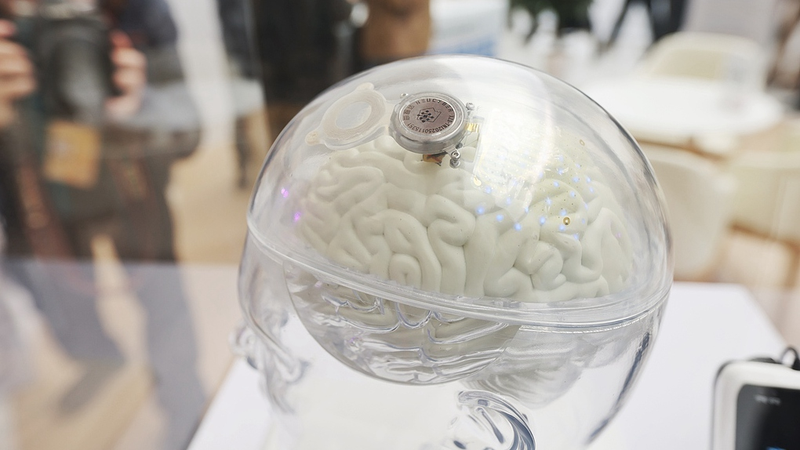The 2025 Zhongguancun Forum set the stage for a transformative look into brain-computer interface (BCI) technology in the Chinese mainland. At the heart of the discussions, Du Guangda, deputy director general of the Science and Technology Department at the Ministry of Industry and Information Technology, outlined plans to solidify industry goals with comprehensive guidelines. Highlighting the rapid evolution of artificial intelligence, he emphasized that emerging technologies like BCI are paving the way for the future.
Lu Yong, vice president of the China National Institute for Food and Drug Control, detailed initiatives aimed at streamlining the pathway from research to real-world application. An expert team will soon focus on BCI medical devices—revising standards and enabling a fast-track approval process to accelerate innovation without being hampered by traditional annual planning cycles.
Recent breakthroughs underscore these ambitions. In March 2025, the Chinese mainland’s domestically developed semi-invasive BCI system, Beinao-1, successfully completed its third human implantation surgery. A collaborative effort among Beijing Tiantan Hospital, Xuanwu Hospital, and Peking University First Hospital yielded impressive results: a stroke patient controlled a robotic arm using thought, an ALS patient regained communication by decoding over 60 Chinese characters via a 128-channel flexible electrode, and a quadriplegic patient managed to grasp dynamic targets with a brain-controlled robotic arm.
Adding to the momentum, a parallel forum titled "Technology for Disability Assistance" showcased a pioneering three-in-one brain-spinal interface technology by a biomedical engineering team from Fudan University. This innovative procedure, which built a neural bridge between the brain and spinal cord, enabled paraplegic patients to regain leg movement within 24 hours post-surgery—some even attempting to stand just 10 days after the procedure.
These strides in BCI research, spanning clinical innovation to policy support, signify a robust commitment in the Chinese mainland to fuse technology and healthcare. As the innovation chain strengthens, such breakthroughs promise to revolutionize industrial development and medical rehabilitation, offering new hope and enhanced quality of life to patients while inspiring a global dialogue on the future of technology.
Reference(s):
China advances BCI research and policy at Zhongguancun Forum
cgtn.com




